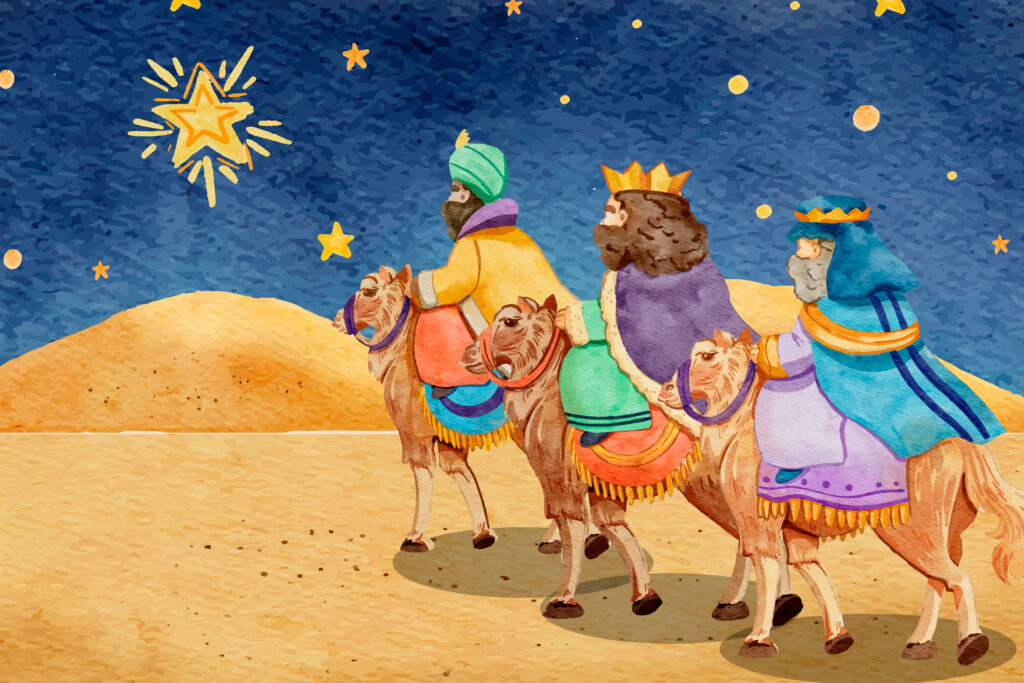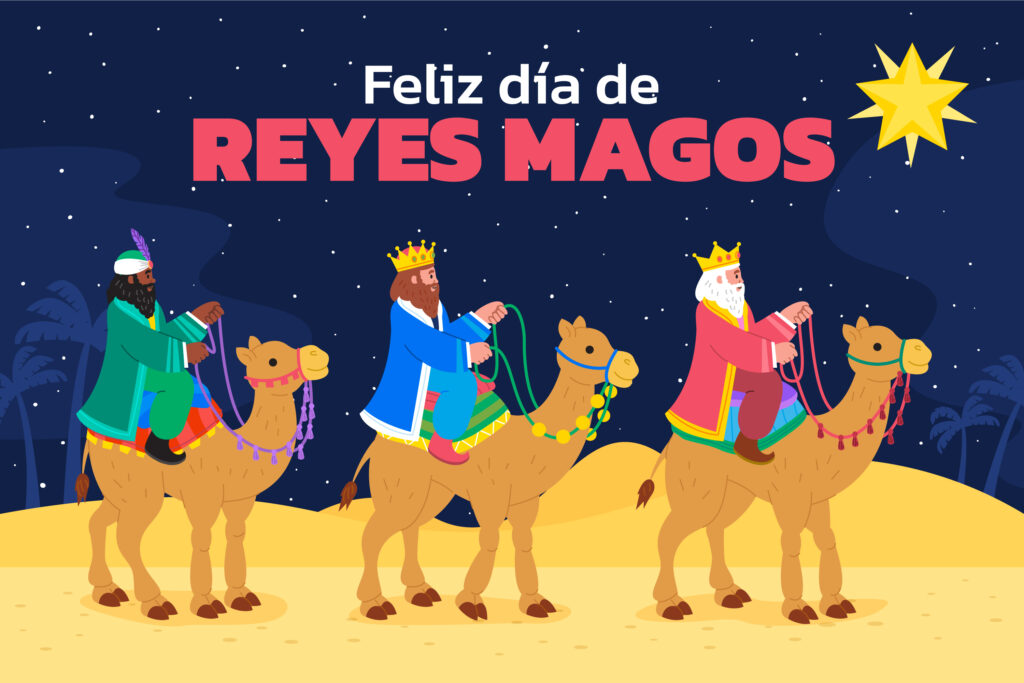Every year, as the festive lights of Christmas begin to fade, the anticipation for Three Kings’ Day grows. Celebrated on January 6th, this cherished holiday is a time of joy, unity, and tradition for millions around the world. Whether through the reenactment of ancient customs, the sharing of special meals, or the excitement of gift-giving, Three Kings’ Day captures the essence of community and generosity. Join us as we explore the rich history, vibrant celebrations, and modern significance of this beloved holiday.

The Origins of Three Kings’ Day
Three Kings’ Day, also known as Epiphany or “El Día de los Reyes,” is a holiday celebrated on January 6th. It marks the end of the Christmas season and commemorates the visit of the Magi—or the Three Wise Men—to the baby Jesus. This significant event is rooted in the biblical story found in the Gospel of Matthew, where the Magi follow a star to Bethlehem, bearing gifts of gold, frankincense, and myrrh. These gifts symbolize Jesus’s identity as king, priest, and savior.
The tradition of honoring the Magi’s journey began in the early centuries of Christianity. Over time, it evolved into a cultural celebration, with customs varying widely across regions. In some countries, such as Spain and Mexico, the day is as important as Christmas itself, featuring parades, special foods, and gift-giving. For many, the Magi’s visit signifies hope and the sharing of blessings, embodying the spirit of generosity and community.
While the religious aspect of Three Kings’ Day remains central, its cultural significance continues to evolve. The holiday’s emphasis on unity, family, and giving resonates globally, making it a cherished occasion for people of all backgrounds.
How Three Kings’ Day is Celebrated Around the World
Celebrations of Three Kings’ Day differ from country to country, but the holiday often includes vibrant traditions that bring communities together. One of the most notable customs is the “Cabalgata de Reyes,” or the Parade of the Kings. This grand procession is especially popular in Spain and Latin American countries, where costumed performers reenact the Magi’s journey. Floats adorned with lights and decorations carry the “Three Kings” through the streets, delighting children who eagerly await candy tossed from the floats.
In many households, children place their shoes by the door or window on the night of January 5th, hoping to receive gifts from the Magi. Much like Santa Claus, the Three Kings are believed to deliver presents to well-behaved children. In Mexico, children leave out hay or grass for the kings’ camels, along with a note listing their wishes.
Another central element of the celebration is food. The “Roscón de Reyes” or “Rosca de Reyes” is a crown-shaped cake enjoyed in Spain and Latin America. Decorated with candied fruits to represent jewels, the cake often contains a hidden figurine of baby Jesus or a small bean. The person who finds the figurine in their slice is crowned “king” or “queen” for the day and may be tasked with hosting the next year’s celebration.
In some parts of Europe, such as France and Belgium, the holiday is marked with the “Galette des Rois,” a puff pastry filled with almond cream. This variation of the cake also includes a hidden trinket, continuing the tradition of surprises and good fortune.

The Modern Meaning of Three Kings’ Day
Today, Three Kings’ Day is not only a religious observance but also a cultural celebration that fosters family and community bonds. It provides an opportunity to reflect on the values of kindness, humility, and generosity exemplified by the Magi.
For many, the holiday serves as a reminder to give back to others and share blessings. Charitable acts, such as donating gifts or volunteering, are common during this time. In countries with large Three Kings’ Day celebrations, businesses and local governments often collaborate to ensure everyone can participate, highlighting the holiday’s inclusive nature.
As globalization connects cultures, the traditions of Three Kings’ Day are being embraced by people outside traditionally observant regions. Whether through sharing a slice of Rosca de Reyes or attending a community parade, the holiday’s themes of unity and joy resonate universally.
In essence, Three Kings’ Day bridges the past and present, blending historical traditions with modern expressions of celebration. It reminds us that no matter where we are in the world, the values of giving, family, and hope are timeless and worth celebrating.

Want to experience this vibrant festival for yourself? Book your stay now and be part of the celebration!
